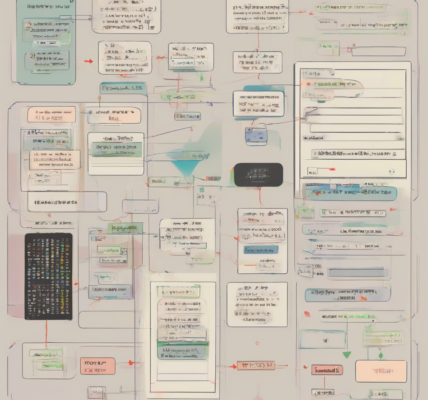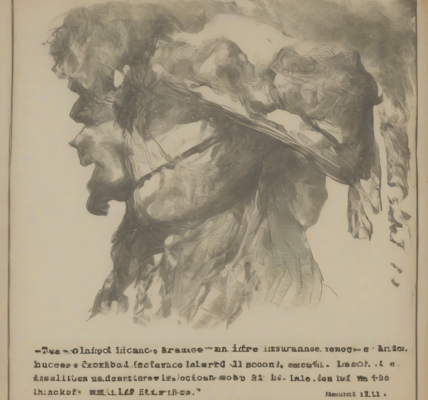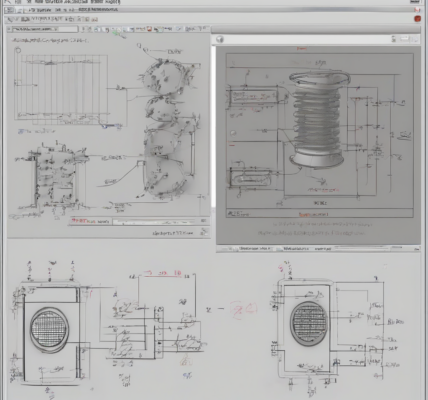Decoding the Global Classroom: A Comprehensive Guide to the Foreign Exchange Student Experience
Decoding the Global Classroom: A Comprehensive Guide to the Foreign Exchange Student Experience
The world is shrinking, and with it, the opportunities for cultural exchange are expanding. Foreign exchange programs offer students a unique chance to immerse themselves in a new culture, learn a new language, and broaden their perspectives in ways that traditional classroom settings simply can’t replicate. But how does this intricate process actually work? This in-depth guide unravels the mechanics of foreign exchange programs, from the initial application to the post-program reflection.
Phase 1: The Application Process – Your Journey Begins
The journey of a foreign exchange student starts long before their departure date. The application process is multifaceted and requires careful planning and preparation.
Choosing a Program:
- Organization Selection: Numerous organizations facilitate exchange programs, each with its own focus, requirements, and geographic reach. Researching different organizations is crucial to finding the best fit. Consider factors like program length, host country options, support services offered, and program costs.
- Program Type: Programs vary in length (a semester, a year, or even shorter summer programs) and focus (academic, vocational, or cultural immersion). Choosing a program that aligns with your academic goals and personal preferences is essential.
- Host Country Selection: This decision often involves weighing personal interests (language, culture, climate) against academic opportunities and visa requirements.
The Application Itself:
- Academic Records: Transcripts, grades, and standardized test scores are typically required to demonstrate academic proficiency.
- Essays and Personal Statements: These are crucial for showcasing your personality, motivations, and adaptability. They offer a chance to demonstrate your understanding of the exchange experience and highlight your suitability for the program.
- Recommendations: Letters of recommendation from teachers, counselors, or other relevant individuals often provide valuable external perspectives on your character and capabilities.
- Interviews: Some programs include interviews as part of the selection process, offering an opportunity for personal interaction and further assessment.
- Language Proficiency Tests: Demonstrating proficiency in the host country’s language is frequently a requirement, often through standardized tests like TOEFL or IELTS.
Phase 2: Matching and Placement – Finding Your Host Family
Once accepted into a program, the matching process begins. This involves connecting students with suitable host families based on various factors.
- Host Family Profiles: Organizations collect detailed profiles from prospective host families, outlining their lifestyles, family dynamics, and expectations for an exchange student.
- Student Profiles: Similarly, student profiles provide information about their personality, interests, academic goals, and any special needs.
- Matching Algorithms: Many organizations employ matching algorithms to identify compatible pairs, taking into account factors like family size, cultural background, and personal preferences.
- Communication and Interviews: Direct communication between students and host families, sometimes including video calls, facilitates mutual understanding and helps ensure a positive match.
- Cultural Sensitivity: The matching process emphasizes cultural sensitivity and aims to create pairings that are mutually beneficial and respectful.
Phase 3: Pre-Departure Preparations – Getting Ready for the Adventure
Before embarking on the exchange experience, significant pre-departure preparations are necessary to ensure a smooth transition.
- Visa and Travel Arrangements: Securing the necessary visa for the host country is a crucial step, often involving extensive paperwork and potentially lengthy processing times. Travel arrangements, including flights and airport transfers, need to be finalized well in advance.
- Health and Insurance: Comprehensive health insurance is essential, covering medical expenses and emergency situations in the host country. Necessary vaccinations and medical check-ups are often required.
- Financial Planning: Budgeting for living expenses, program fees, travel costs, and personal spending money is crucial. Understanding the financial aspects of the program is essential for successful participation.
- Cultural Orientation: Organizations often provide pre-departure orientation sessions to equip students with valuable cultural insights and practical tips for navigating their new environment.
- Language Preparation: Continued language learning is highly beneficial, as it can significantly enhance the exchange experience and ease the transition into the host country.
Phase 4: The Exchange Experience – Immersing Yourself in a New Culture
The core of the exchange program is the immersion experience itself. This involves integrating into the host community, attending school, and engaging in various cultural activities.
- School Integration: Attending a local school provides an invaluable opportunity to learn the educational system, interact with peers, and improve language skills. Support from school staff and guidance counselors can be crucial during this period.
- Host Family Life: Living with a host family provides an authentic cultural immersion experience, enabling the student to learn about daily routines, family traditions, and social customs.
- Cultural Exploration: Active participation in cultural events, exploring local attractions, and engaging with the community are crucial aspects of the exchange experience, contributing to a broader understanding of the host culture.
- Challenges and Adjustments: The exchange experience is not always easy. Students may encounter cultural differences, language barriers, or feelings of homesickness. Resilience, adaptability, and a positive attitude are essential for overcoming these challenges.
- Support Network: Maintaining contact with family and friends back home, along with utilizing the support services offered by the exchange organization, can help students navigate the challenges and maximize the benefits of the experience.
Phase 5: Post-Program Reflection – Assessing the Impact
Upon returning home, reflecting on the exchange experience is crucial for consolidating the learning and growth achieved during the program.
- Personal Growth: The exchange program fosters significant personal growth, enhancing independence, adaptability, problem-solving skills, and cultural awareness.
- Academic Benefits: Improved language skills, broader perspectives, and intercultural competence gained during the exchange program can enhance academic performance and future opportunities.
- Future Opportunities: The exchange experience can open doors to future educational and career opportunities, strengthening applications for universities and enriching professional profiles.
- Continued Connections: Maintaining contact with host families, friends, and other individuals encountered during the exchange program can enrich the long-term impact of the experience.
- Long-Term Impact: The exchange program often leaves a lasting impact, shaping personal values, professional goals, and perspectives on the world.
The foreign exchange student experience is a transformative journey that extends far beyond the duration of the program itself. It’s a testament to the power of cross-cultural understanding and a vital contribution to global citizenship. By understanding the intricate workings of these programs, prospective exchange students can embark on their adventure with greater confidence and preparation, maximizing the benefits and embracing the challenges of this enriching experience.




